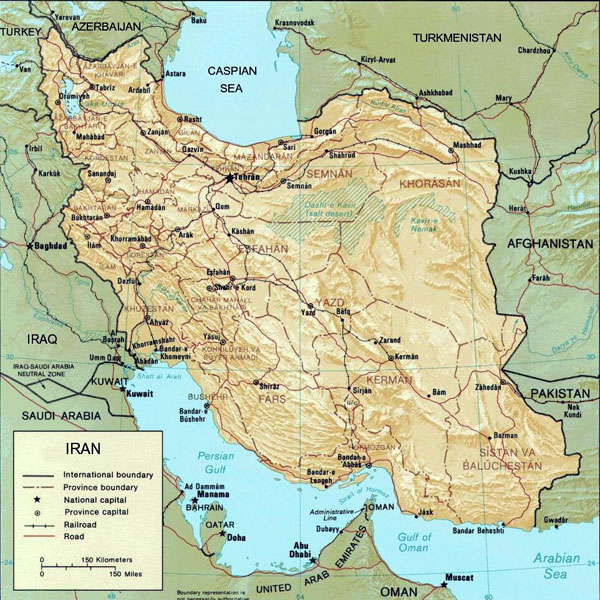
Introduction
The Iranian collection at the Milwaukee Public Museum consists of over 300 artifacts spanning more than 6,000 years of history, from the fourth millennium B.C. to the early 19th century. While the majority of the collection consists of ceramic vessels and figurines, bronzes, and textiles are also represented. One of the strongest representations of ancient Iranian material culture in the MPM collection comes from the region of Amlash, located southwest of the Caspian Sea in northwestern Iran. These artifacts are dated to the Late Bronze Age to Early Iron Age and consist of both simple and complex spouted pottery vessels, human and animal figurines, in addition to bronze weapons. Furthermore, MPM’s Iranian collection consists of a large number of Islamic Period glazed ceramics, particularly from Nishapaur. These colorful and intricately designed ceramics date between the 9th and 13th centuries A.D. and number in excess of 40 vessels. Therefore, the longevity and sophistication of Iran’s ceramic tradition provides strong evidence that this region was a major center of innovation and trade, since its inhabitants first began to settle in village communities at least 10,000 years ago.
Geography and Climate of Iran
The country of Iran is located at the crossroads of communication and trade between East Asia and Mediterranean. Throughout time, the many civilizations that inhabited this strategic geographic area were altered by these external influences, leaving an indelible mark on the historic and cultural landscape of the region.
The current geo-political landmass of Iran is approximately 1.6 million square kilometers, which is a little larger in size than the state of Alaska. The country is divided into 30 provinces, known collectively as ostanha. To the north lays the Caspian Sea and to the south is the Persian Gulf. Turkey and Iraq are to the west and Afghanistan and Pakistan are to the east. The topography of Iran is predominantly a mountainous plateau with large valleys and desert basins, ranging in elevation from sub-sea level to over five and a half thousand meters. The climate is predominantly arid or semiarid, although subtropical along the Caspian Sea coast in the north.
According to the 2006 census, Iran’s population resides at just under 70 million citizens. The predominant ethnic groups living in Iran consist of: 51% Persian, 24% Azeri, 8% Gilaki and Mazandarani, 7% Kurd, 3% Arab, 2% Lur, Baloch and Turkmen. 89% of Iranians follow the Shi’a branch of Islam, 9% are Sunni Muslim, while Baha’i, Christian, Jewish, and Zoroastrian religions are practiced by 2% of the population (World Fact Book 2007).

Iran or Persia?
The official name of modern Iran is the Islamic Republic of Iran ايران جمهوری اسلامی, which was democratically instated after the Iranian Revolution of 1979. The etymology of the word Iran literally means "Aryans of the land." The Aryans were an Indo-European tribe that arrived on the Iranian Plateau during the second millennium B.C. By the first millennium B.C., this Indo-Aryan group known as the Achaemenids consolidated power in the province of Pars in southeastern Iran, from which the term Persia was derived. Now known as Fars, this region is likewise the cognate of Iran’s national language, Farsi. Both Iran and Persia are both used interchangeably, although the term has become less popular in recent years.
Webpage developed by Kevin Cullen, UW-Milwaukee Anthropology and Museum Studies Program graduate student with assistance from Amy Schomer, UW-Milwaukee Art History student, 2006 and 2007.

